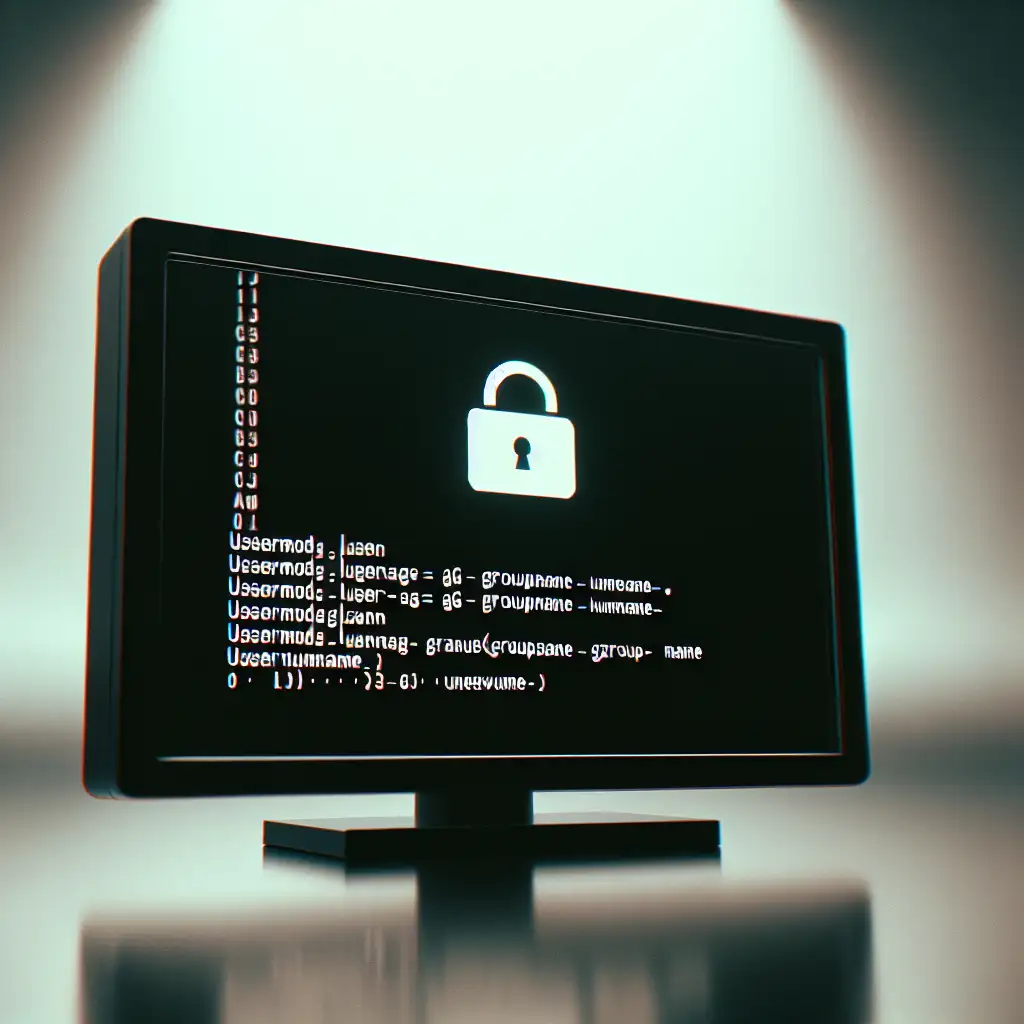Mastering User Group Management in Linux: Adding Users the Right Way
Managing group memberships isn’t just an administrative checkbox for Linux systems—sometimes it’s the primary line between normal user separation and accidental privilege escalation. A single oversight here can expose production directories to unintended hands or silently cut off developer access to necessary logs.
Groups as Access Control Structures
Unix groups serve as logical permission domains. Every process and file operation on the system references these mappings. Common real-world scenario: a deployment script owned by the deploy group, with permissions set to -rwxrwx--- deploy deploy. Only those assigned to deploy can execute or edit it. Try omitting a contractor’s group membership, and watch the helpdesk tickets escalate.
Group assignments are not just about access—they’re about traceability and operational clarity. Without proper group hygiene, least privilege models break down.
Core Syntax: No Room for Error
Adding users to groups typically relies on the usermod utility, which, since util-linux 2.20+, requires syntax attention. Exclude the -a flag, and you overwrite all supplementary groups. Recommend always reviewing the current group membership before applying changes.
Check user’s current groups:
groups devops_tester
# Output: devops_tester : devops wheel docker
Safe append of new group:
sudo usermod -aG audit devops_tester
Common pitfall:
sudo usermod -G audit devops_tester
# Now devops_tester is ONLY in 'audit' and their previous access is lost.
No spelling error, no warning; the group list just gets replaced. Recovery involves restoring lost memberships, sometimes manually via /etc/group.
Quick Table: Group Commands Reference
| Action | Command Example |
|---|---|
| List all groups | getent group |
| Show user’s groups | groups sysadmin |
| Add user to group | sudo usermod -aG docker sysadmin |
| Remove user from group | sudo gpasswd -d sysadmin docker |
| List group members (direct) | grep '^docker:' /etc/group |
Practical Case: Controlled Log Access
Suppose /var/log/app/ is restricted to the applogs group. A junior developer needs read-only access during incident triage.
Steps:
- Ensure group exists:
grep applogs /etc/group - Add the user:
sudo usermod -aG applogs jrdev - Confirm:
id jrdev # Look for "applogs" in the group list - Note: The new access won’t apply to current SSH or X sessions. Either have the user log out and back in, or instruct them to use
exec su - $USERor start a new login shell. Thenewgrpcommand only affects the primary group, not all supplementary ones.
Group Assignment During User Creation
Linux distributions diverge here. Using useradd:
sudo useradd -m -G k8s,dev dockerops
-mcreates a home directory.-Gspecifies supplementary groups (comma-separated, no spaces).
Post-create, always confirm with id dockerops. Password still requires a separate passwd step.
Known issue: Some old scripts using adduser instead of useradd have different flag semantics—Debian and Ubuntu, for example, handle group arguments and home directory creation slightly differently.
Auditing and Manual Intervention
Automated group management via config management (Ansible, Puppet) scales well, but for rapid response or emergency repairs, direct file edits are sometimes unavoidable.
Edit /etc/group directly:
developers:x:1002:alice,bob,john
But this is race-condition prone in multi-admin environments accessing the same server. Reject concurrent edits; use vigr when multiple sysadmins are in play.
Advanced: Temporary Group Assignment
Sometimes, temporary membership is required (issue diagnosis, scheduled access). No native TTL on group memberships. Implement using at(1) or cron(8), scheduling a removal:
sudo usermod -aG debug jane
echo "sudo gpasswd -d jane debug" | at 21:00
Side effect: No tracking nor notification when group removal triggers. Advanced setups may log such changes to /var/log/auth.log or trigger an audit event.
Non-Obvious: NFS and Directory ACLs
Just being in a group isn’t always enough, especially on NFSv4 mounts or file systems using POSIX ACLs (set via setfacl). Double-check actual permissions:
getfacl /mnt/shared/report.md
Misaligned group/ACLs can result in access denied, despite id showing the right group.
Checklist
- Review current and required group memberships before changes.
- Always include
-awithusermod -G. - Verify with
id usernameorgroups usernameafter change. - Trigger session restart for immediate effect.
- For safety, backup
/etc/groupif editing manually. - Monitor group membership changes via server logs.
Critical point: The most common incident is accidental loss of essential group memberships due to a missing -a flag or a race between admins. Automate wherever possible, but never neglect final verification.
Questions remain on subtle access nuances? Document specific exceptions, especially when dealing with container runtimes (Docker group), sudoers, or shared NFS environments. Imperfect, yes—but deliberate practice will catch most errors before they hit production.
